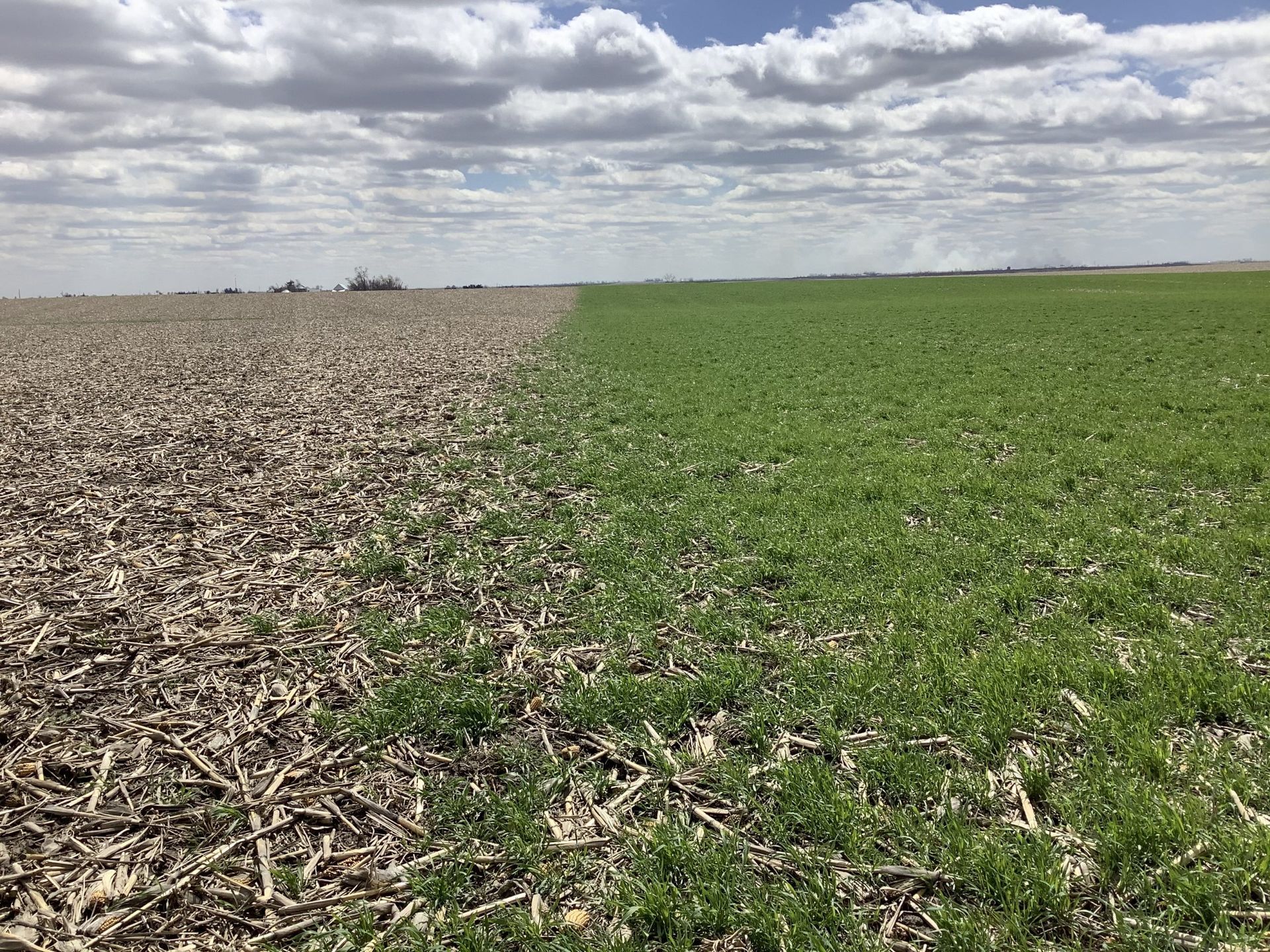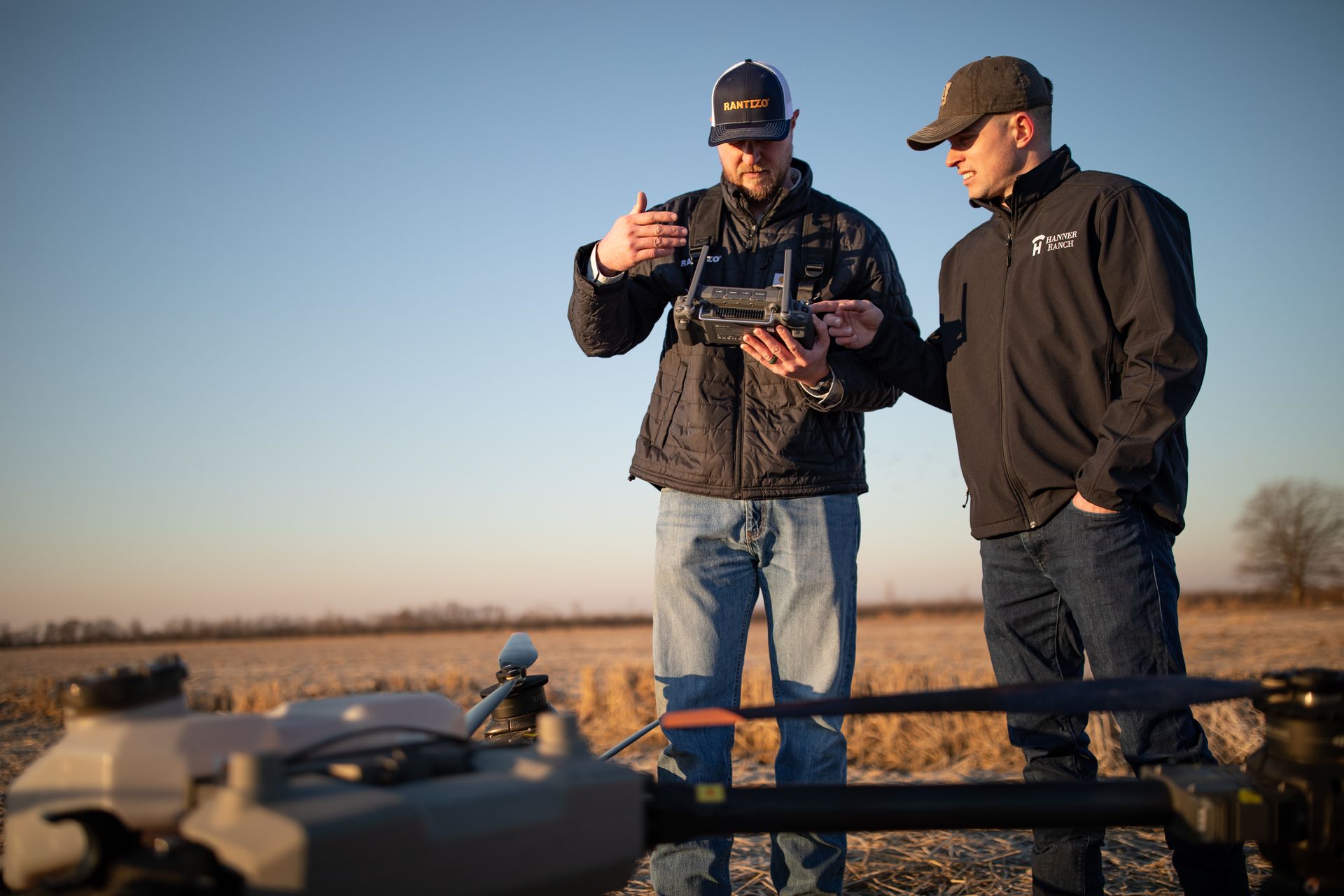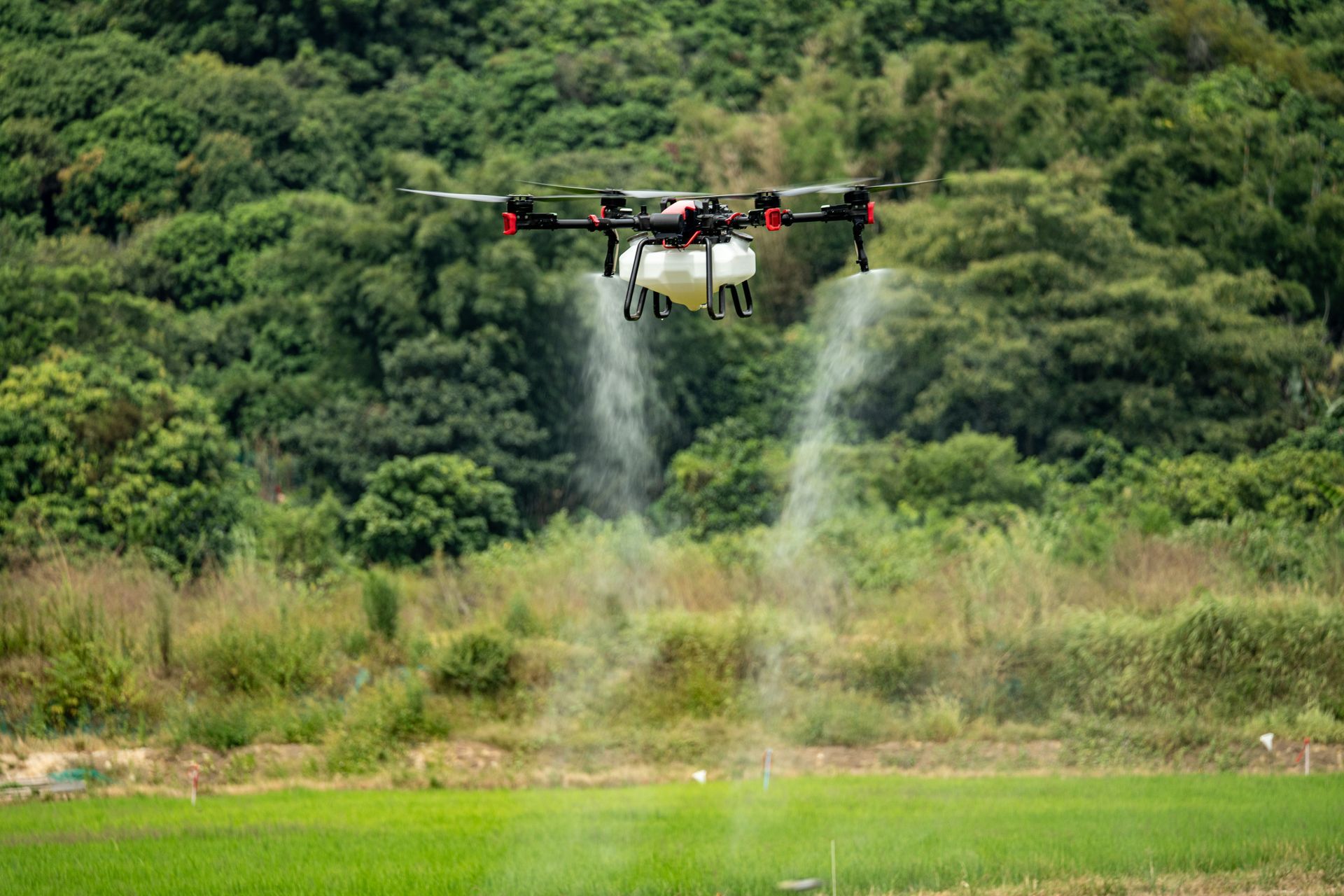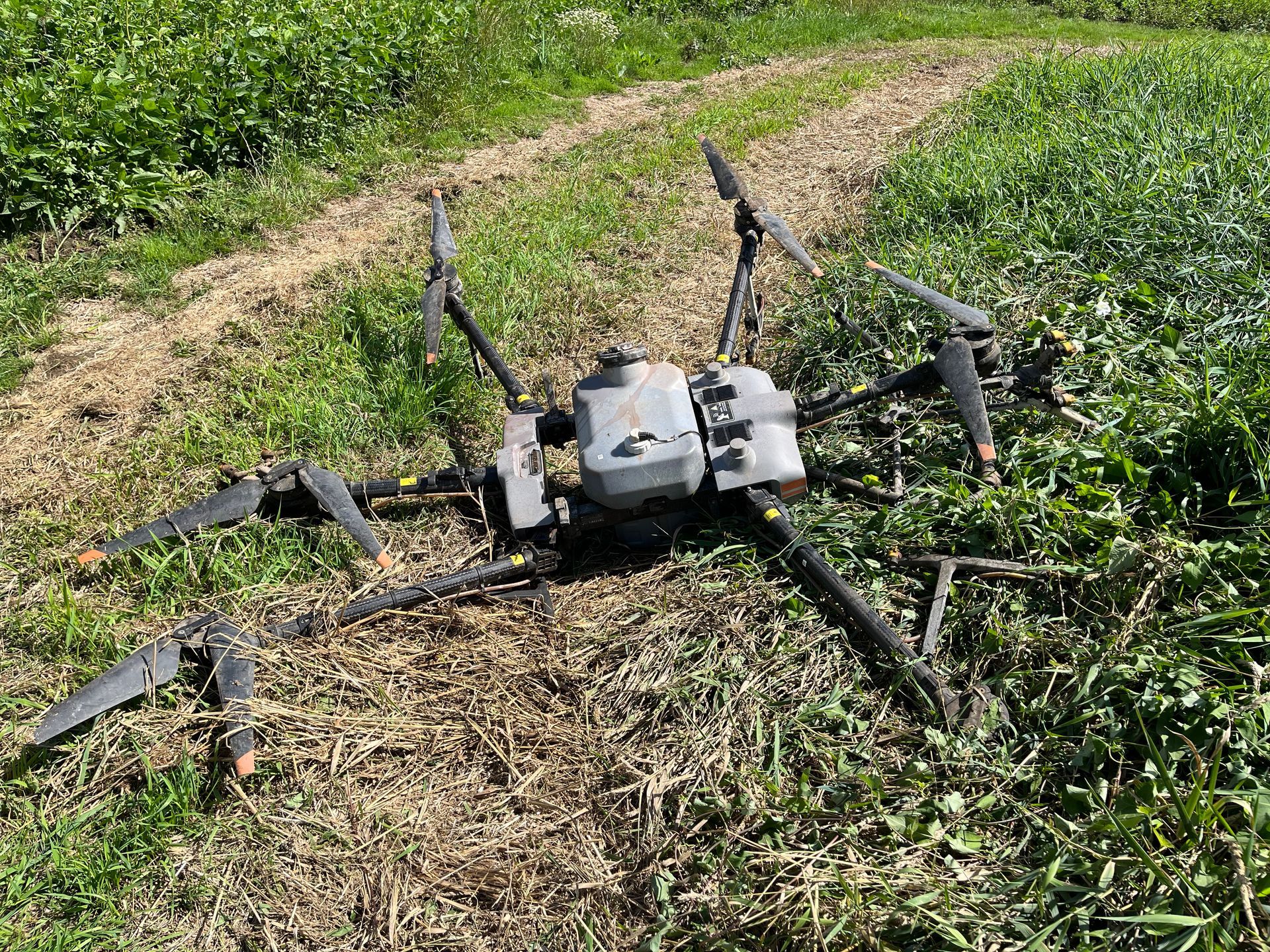RESOURCES
How do cover crops work?
Contributing article: Evan Brehm, Iowa Agronomist – Indigo Ag
The landscape in rural America is changing color. That color is green. In the past decade, the use of cover crops has increased on Iowa landscapes like mine. To put it in perspective, in 2009 there were fewer than 10,000 acres of cover crops. By 2018 there were 2 million, according to a survey conducted by the Iowa Farm Bureau and several other key organizations. How do cover crops work? I’m here to share my thoughts on this question I hear more and more often.
Why has the use of cover crops increased so dramatically in the past decade?
There are two main reasons that cover crops have gained interest with grower operations: soil health and conservation.
Recent incentives through government programs like NRCS have bolstered advocacy for cover crop practices while providing farmers with opportunities to implement them with subsidized costs.
Even before my time as an agronomist with Indigo Ag, I knew that farmers are the best stewards of their land. With more and more programs surfacing to facilitate the adoption of cover crops in agriculture, they now are presented with the possibility to have an even more profound positive impact on the landscape and create new revenue streams in the process.
I’ve seen the value of cover crops time and time again, but I’ve also heard farmers dispute their value based on field-level objectives. With a multitude of benefits, cover crops can reduce erosion, create healthier soils, mitigate nitrate and phosphate loads entering waterways, sequester carbon from the atmosphere, create quality grazing for livestock and increase overall revenue potential.
Farmers have always been aware of how their operations affect the environment and community around them.
Controlling erosion on the farm is a large concern for growers. Whether a grower conducts tillage or not, erosion occurs. Cover crops help by growing in the absence of a cash crop to keep soil in place. In addition, cover crops increase soil structure and permeability, both of which are important to water infiltration. Greater water infiltration results in less runoff and soil stays in the field where it should be. According to SARE , cover crops can increase water infiltration by up to 528% depending on the crop mix.
Cereal rye and oats can prevent 28% to 31% of soil nitrates from reaching bodies of water, according to IDALS and Iowa DNR. This is relevant when considering the investment growers make in purchasing nitrogen products and the correlation between those purchases and efforts to keep our water sources clean. Cover crops like rye and oats take up nutrients in the field and return them when they’ve finished their life cycles. When cereal rye is terminated, it returns some of those nutrients back to the soil, but more importantly, keeps them from running off the field.

Carbon sequestration is an increasingly common term in agriculture these days. Indigo Ag is focused on sustainable and regenerative practices that help increase farmer profitability and sell carbon credits to the industry. While this opens up new market opportunities for growers, selling carbon credits by integrating carbon sequestration strategies into crop production is just icing on the cake.
Using cover crops to capture, or sequester, atmospheric carbon enhances biological activity in the soil and can increase soil organic matter. More green cover on top provides food for earthworms and facilitates the biological processes critical to creating healthier, more resilient soils.
Grazing cover crops is another way to take advantage of your investment. Cover crops provide extra feed during the winter and fall months. Livestock producers looking to have a cash crop and follow it with grazing can maximize their return on investment of this system. An ideal situation to consider would be interseeding cover crops during the growing season. Aerial applications with a drone work well as do those from high sprayers with air hoses. Cattle will graze the covers and leave fertilizer in the form of manure.
How can you establish cover crops?
It is important to account for seasonality and establish them at the right times. Cover crops are historically planted after corn and soybeans are harvested in the fall (at least here in Iowa). However, given the shorter growing season and cooler temperatures, there is an increased interest in establishing cover crops sooner. The longer cover crops can grow, the greater their erosion reduction, soil biological activity and carbon sequestration benefits.
Growers have looked for new methods of planting cover crops earlier in the growing season. One way to accomplish this is from the air. Deploying drones to seed cover crops while the cash crop is in the field allows more days for the cover crop to grow. Rantizo planted several experimental fields with Indigo last summer. Cover crops like annual ryegrass, radishes and hairy vetch emerged well in standing soybeans and corn from this application. This helps growers meet their goals of getting covers established sooner and growing taller before the next spring.
Cover crops provide a multitude of advantages from erosion control and capturing carbon to increasing profitability. The sooner they are planted, the better the return on investment. This next growing season, consider cover crops on your operation and investigate ways to plant them as early as you can. Aerial application is an excellent seeding option when your cash crop is growing. Investigate a diverse mix of cover crops to add even more benefit to your row crop operation.
Farmers are the caretakers of our soil and water resources. Cover crops will help you take the next step in becoming more profitable and caring for our environment.
Connect with Evan Brehm here.
Request Rantizo drone applied cover crop services here.
The post How do cover crops work? appeared first on Rantizo.
share this
past blog posts
Related blogs

Contact US
How can we reach you?
Keep up with all the latest Rantizo news including: product releases, upcoming events, drone spraying industry tips, and more!



